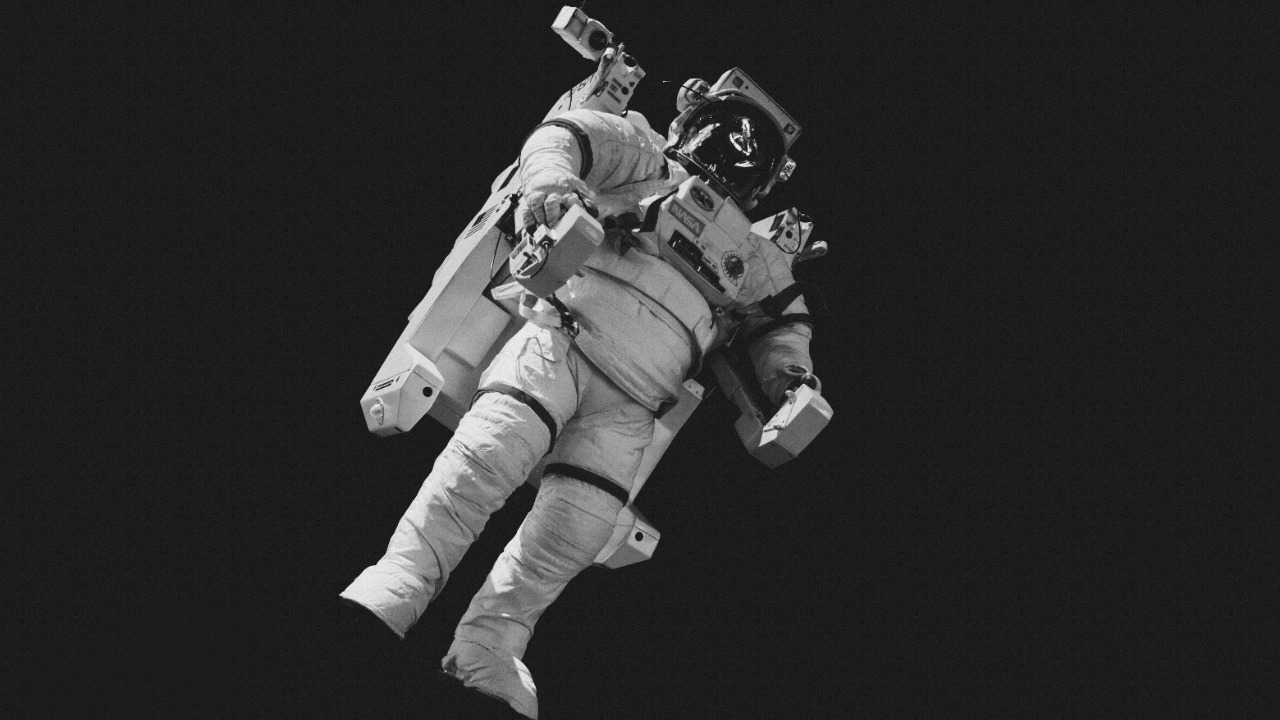
Space travel represents a monumental leap for humanity, but with its exciting prospects come significant risks. As we venture beyond our earthly confines, we expose ourselves to environments that can be life-threatening. Here are five ways space travel may jeopardize our survival.
Radiation Exposure
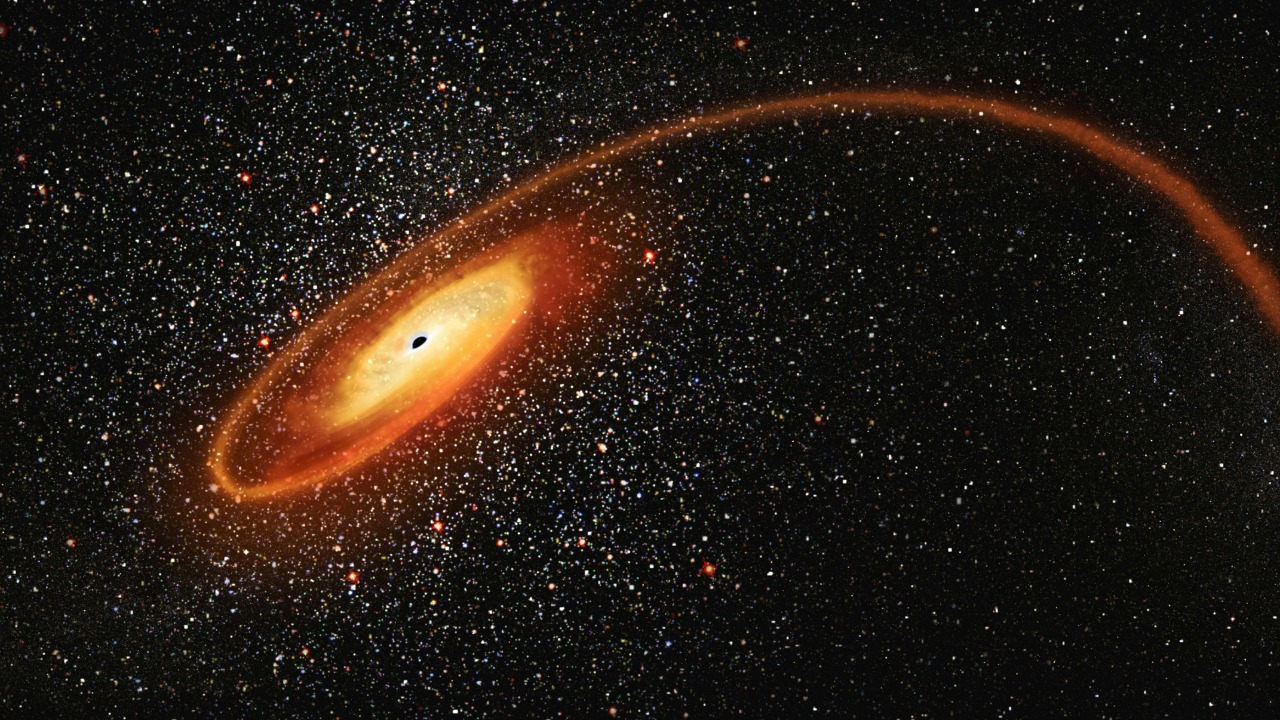
One of the most significant threats to astronauts is radiation exposure. In space, the absence of Earth’s protective atmosphere and magnetic field means greater exposure to cosmic rays and solar radiation. This exposure can increase the risk of cancer, damage the central nervous system, and even cause acute radiation sickness. According to Space.com, the radiation levels on Mars, for instance, are much higher than what we experience on Earth.
To mitigate these risks, spacecraft must be equipped with effective shielding, and mission durations should be carefully planned. Despite these precautions, the unpredictability of solar flares remains a concern, as a sudden increase in radiation can overwhelm protective measures. Continuous research is crucial to develop advanced materials and strategies that can better protect future space travelers from radiation’s harmful effects.
Microgravity Effects
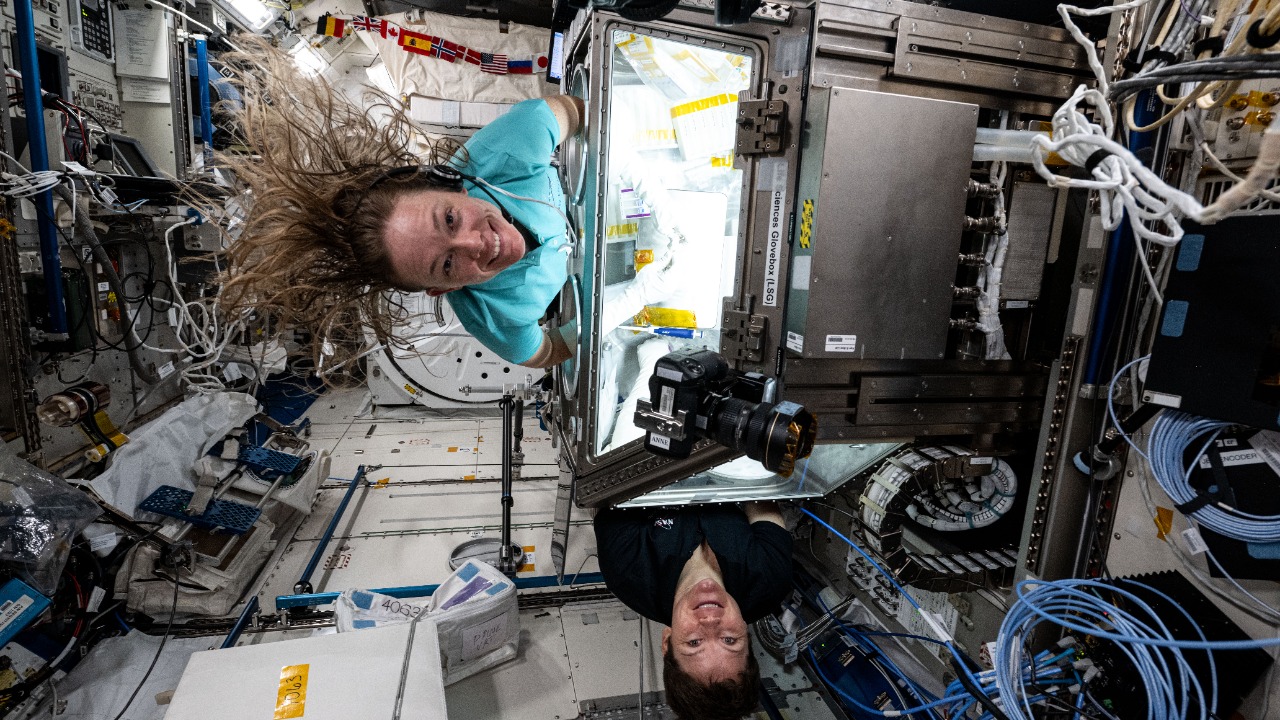
The human body is adapted to Earth’s gravity, and prolonged exposure to microgravity conditions can have detrimental effects. Muscle atrophy and bone density loss are well-documented issues faced by astronauts during long-term missions. Additionally, changes in fluid distribution can lead to vision problems and increased pressure on the brain. The Wikipedia article on the effect of spaceflight on the human body provides a comprehensive overview of these challenges.
Countermeasures such as regular exercise and specialized diets are implemented to combat these effects, but they are not foolproof. Understanding the full extent of microgravity’s impact is essential as we plan for longer missions, such as those to Mars or beyond, where the journey alone could take months.
Spacecraft Malfunctions
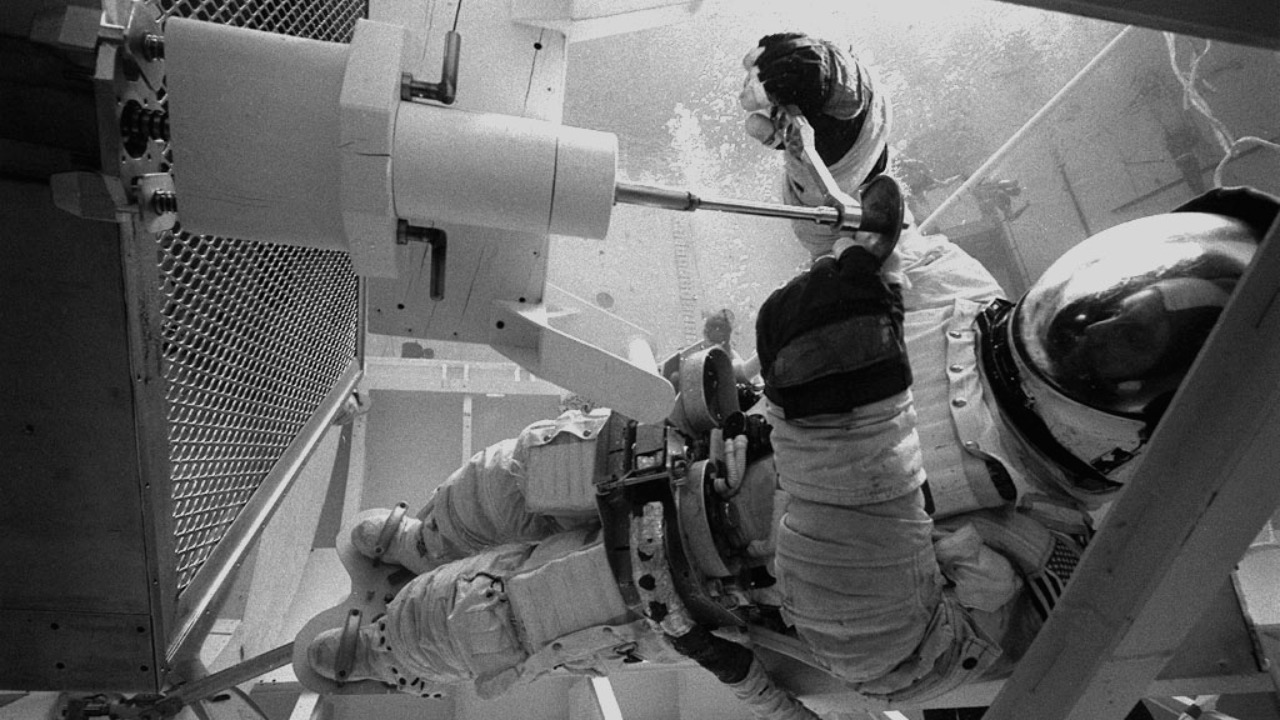
Spacecraft are complex systems where even a minor malfunction can have catastrophic consequences. From life support failures to propulsion system breakdowns, the risks are numerous. Historical events, such as the Apollo 13 mission, highlight how unforeseen technical issues can quickly escalate into life-threatening situations.
To minimize risks, rigorous testing and redundant systems are crucial. Yet, the vast distances involved in space travel mean assistance from Earth can be delayed or impossible, increasing the need for self-reliant solutions. As we push the boundaries of exploration, the engineering of reliable and resilient spacecraft remains a top priority.
Psychological Challenges
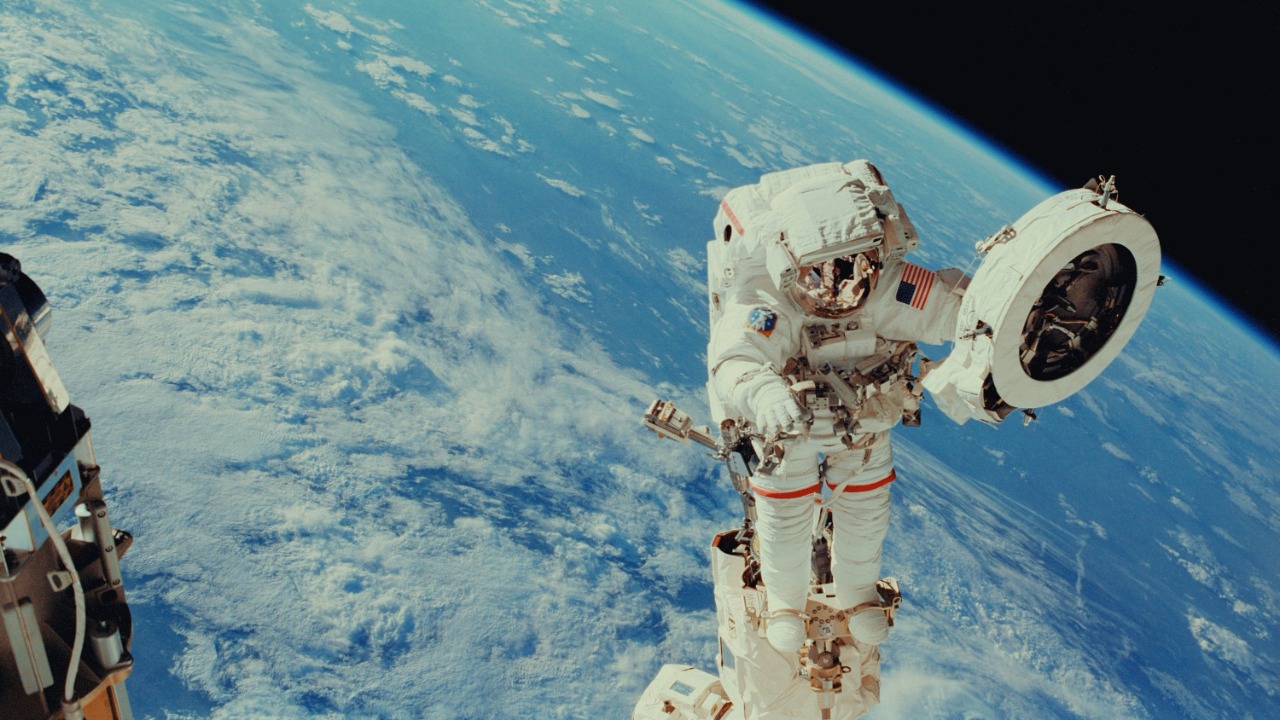
Being confined in a small space for extended periods, far from home, poses significant psychological challenges for astronauts. Isolation, monotony, and the stress of being in a life-threatening environment can lead to mental health issues. According to research published in Springer, maintaining psychological well-being is as crucial as physical health during space missions.
Measures such as regular communication with loved ones, recreational activities, and mental health support are essential. However, the unique environment of space travel means that traditional methods may not always be effective, requiring innovative approaches to ensure astronauts remain mentally fit.
Cosmic Debris and Meteorite Impacts
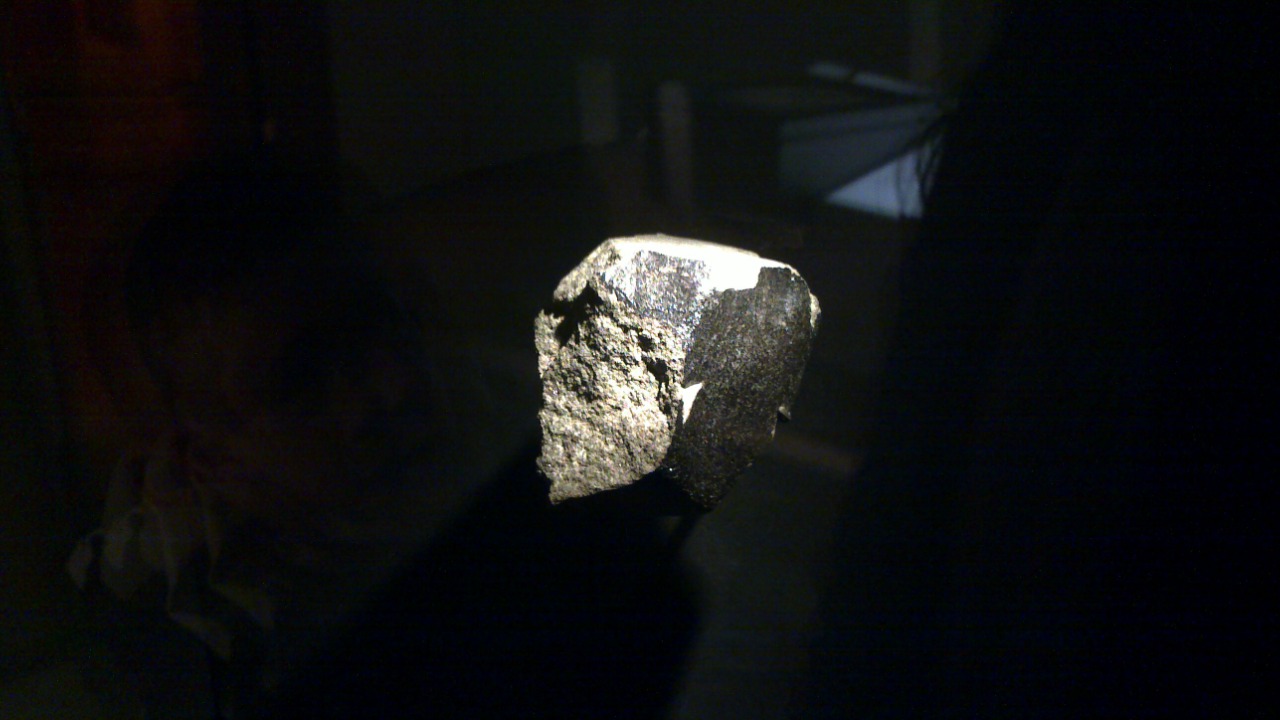
The vast expanse of space is not empty; it is filled with debris and meteoroids that travel at high velocities. Even tiny particles can cause significant damage to spacecraft. According to a study from Harvard, the threat of cosmic debris is a constant concern for missions, especially those in low Earth orbit.
Spacecraft are designed with shielding to protect against these hazards, but no system is entirely foolproof. The potential for catastrophic impacts necessitates continuous monitoring and rapid response capabilities. As we explore further into deep space, understanding and mitigating these risks will be critical to the safety of future missions.